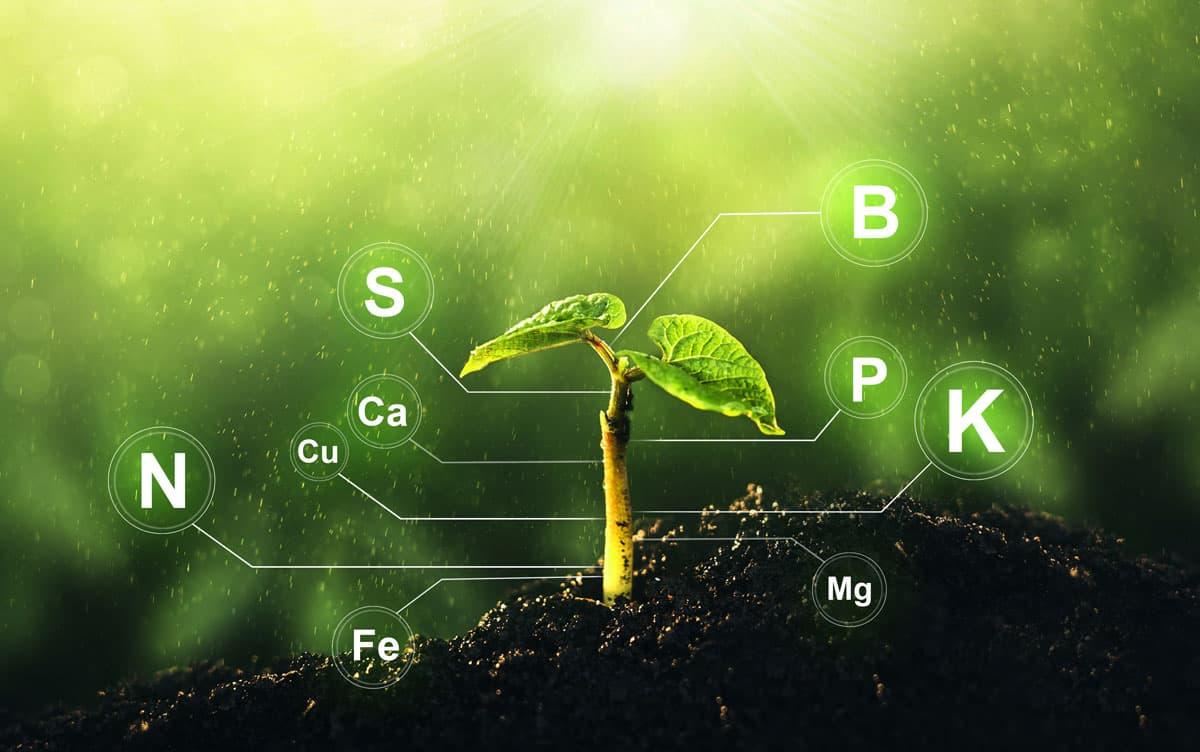Research News
Mechanism of Plants Obtain Nitrogen by Supplying Iron to Symbiotic Bacteria
 Image by Miha Creative/Shutterstock
Image by Miha Creative/Shutterstock
Researchers led by University of Tsukuba, based on the internal nitrogen status of a leguminous plant, have discovered peptide factors that function in the shoot and root systems to transport iron into the root nodules colonized by nitrogen-fixing bacteria. Moreover, these peptide factors regulate nitrogen homeostasis by maintaining a balance between nitrogen and iron concentrations in plants without rhizobial symbiosis.
Tsukuba, Japan—Leguminous plants have a mechanism (rhizobial symbiosis) to efficiently acquire nitrogen, which is an essential macronutrient for growth, through the nitrogen-fixing bacteria rhizobia. Root nodules are organs on plant roots that facilitate the symbiotic relationship. Rhizobia coloniza these nodules and fix nitrogen by converting nitrogen from air into ammonia. Iron is needed for the enzymes that catalyze nitrogen fixation; however, where and how iron is transported to the nodule and used for nitrogen fixation is largely unknown.
In this study, using the legume model plant Lotus japonicus, a transcriptome analysis was performed based on the nitrogen status in the plant body during the rhizobial symbiosis process. IRON MAN (IMA) peptides consisting approximately 50 amino acids were identified, which function systemically (shoot and root systems) to collect iron into the nodules following rhizobial infection.
Furthermore, the function of IMA peptides was analyzed in L. japonicus and Arabidopsis thaliana, a plant devoid of rhizobial symbiosis. In both plant species, the IMA peptides maintained nitrogen homeostasis by obtaining iron in response to increased nitrogen concentrations in the plant body, thereby regulating plant growth.
The research group previously identified a mechanism for regulating rhizobial symbiosis in response to presence of nitrogen in the soil. This study builds on previous studies by clarifying the underlying mechanism of iron acquisition in response to nitrogen, which provides further insight into the mechanisms of plant adaptation to the environment.
These findings are promising for the development of new technologies that contribute to a sustainable society by maximizing the capacity of plants for microbial symbiosis in terms of nutrient use.
###
This research was supported by Ministry of Education, Culture, Sports, Science and Technology KAKENHI grants (JP20H05908 and JP23H02495 to T.S.); JSTMirai Program (JPMJMI20E4) to T.S.
Original Paper
- Title of original paper:
- IMA peptides regulate root nodulation and nitrogen homeostasis by providing iron according to internal nitrogen status
- Journal:
- Nature Communications
- DOI:
- 10.1038/s41467-024-44865-4
Correspondence
Associate Professor SUZAKI Takuya
Tsukuba Plant Innovation Research Center (T-PIRC) / Institute of Life and Environmental Sciences, University of Tsukuba
Professor MATSUBAYASHI Yoshikatsu
Division of Biological Science, Graduate School of Science, Nagoya University
Assistant Professor SOTTA Naoyuki
Graduate School of Agricultural and Life Sciences, The University of Tokyo
Related Link
Institute of Life and Environmental Sciences






